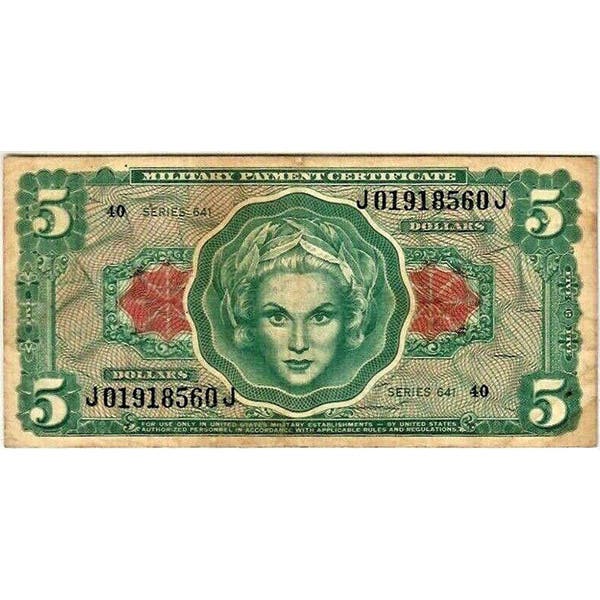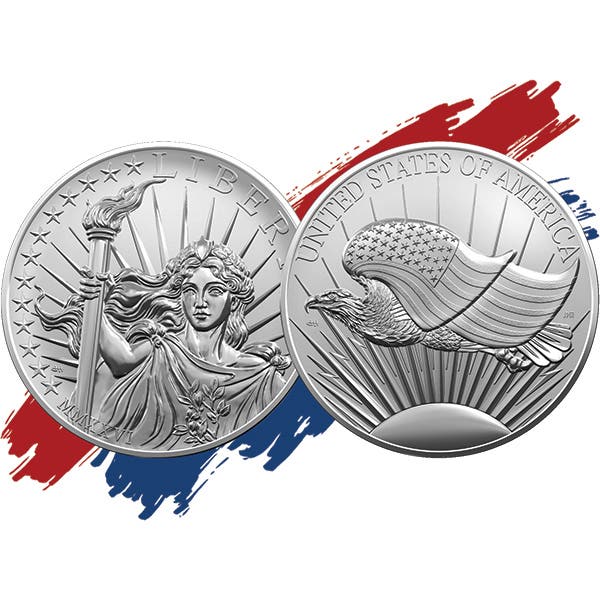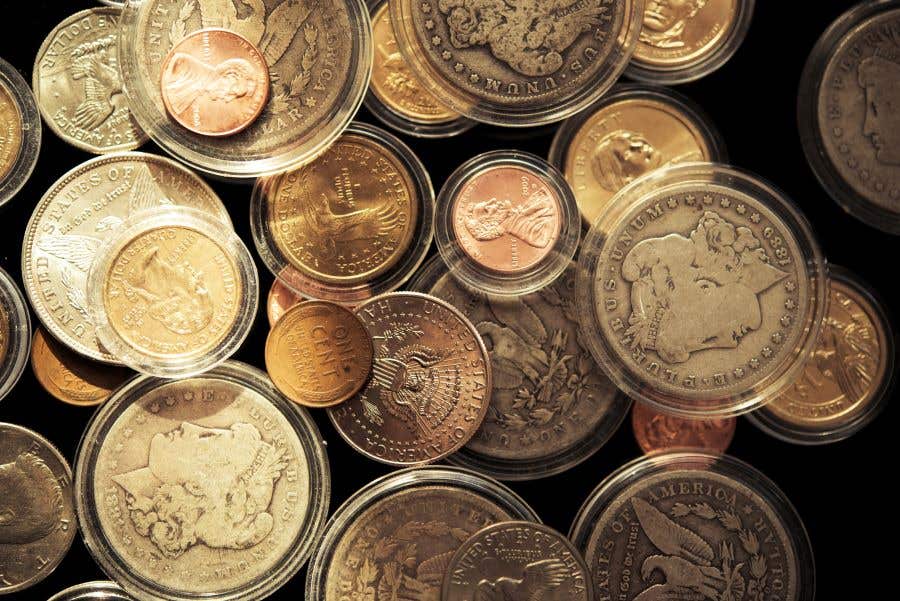Parallels Between Roman and U.S. Monetary Devaluation
From ancient Rome to modern America, the story of currency devaluation repeats itself.
Government inflation and debasement of its money have been around almost as long as coins have been struck. Even as far back as the coinage of ancient Rome, there are many parallels with U.S. coin history.
In ancient Rome, the average adult male ate two pounds of grain a day in the form of porridge or bread. The standard measure of grains was the modius, equal to about two gallons. This grain quantity could bake about 20 one-pound loaves, enough for an adult male to eat for 10 days.
The fractional sizes of the bronze were the smallest circulating coins in early Roman times. The weight of these coins was reduced multiple times. Here is how it was inflated over time in comparison to the daily pay of soldiers and the cost of a modius of grain:
The silver denarius was introduced about 211 B.C. Because of the costs of welfare and war over the centuries, this coin also depreciated:
Even later, the so-called Antoninianus was a copper or bronze coin with a silver wash. By the 4th century A.D., silver coins were no longer struck in the Roman Empire.
Compare this depreciation to the history of the depreciation of the U.S. cent:
Debasement of higher denomination U.S. coins has also occurred over time. The original 3¢ and 5¢ coins contained a high-purity silver, but later switched to the less valuable copper-nickel alloy. The original dime through dollar coins also had a higher silver purity, usually 90% up through 1964. The half dollars struck for circulation from 1965–1969 contained 40% silver and 60% copper-nickel, but from 1965 onward, the dimes and quarters were made of copper-nickel, and half dollars from 1971 and beyond. The dollar coins struck for circulation from 1971 to 1978 and from 1979 to 1980 were all made of copper-nickel. Dollar coins struck from 2000 onward were struck with a copper core, with the outer layer an alloy of copper, zinc, manganese, and nickel.
Although the weights and purity of U.S. gold coins struck for circulation in the Liberty and Indian series from 1839 onward maintained a 90% gold purity and consistent proportional weights, no gold coins were struck for circulation after 1933.
As Rome’s money depreciated from inflation, its political power also deteriorated. Will the U.S. follow the same pattern?
Correction to last week’s trivia answer:
Last week’s answer to which person who never served as U.S. president appears on the greatest number of denominations of U.S. currency was only partly correct. Yes, Alexander Hamilton appeared on six denominations. However, Salmon P. Chase also appeared on six denominations. In addition to the $1, $10, $50, and $100 mentioned in last week’s trivia answer, he also appeared on a $1,000 note during the Civil War and later on the $10,000 Federal Reserve note issued from 1928 to 1946.
Last column’s numismatic trivia question.
Last time, I asked which two brothers have appeared separately on U.S. currency. John Sherman (1823-1900) served in the U.S. House of Representatives and Senate and also as U.S. Secretary of State. His vignette appears on the Series 1902 $50 National Currency (fr# 664 to 685a).
His older brother, William Tecumseh Sherman (1820–1891), was the notorious commander of the Union forces during the Civil War’s “March To The Sea” campaign in Georgia and the Carolinas that involved large-scale destruction of Confederate military and civilian infrastructure. He was later the commanding general of the U.S. Army from 1869 to 1883. William T. Sherman’s portrait, along with that of U.S. Grant, was featured on plates created for the Third Issue 15¢ fractional currency, but only specimen notes were ever produced (fr# 1272-SP to 1276-SP). However, notes were never printed as a law enacted April 7, 1866, prohibited the appearance of living people on U.S. securities, including currency. Later, William T. Sherman’s portrait appeared on the 1891 $500 Treasury Note, of which 16,000 notes were reportedly printed. However, none of these notes were ever circulated, as it was only 26 years after the end of the Civil War, when Sherman’s tactics in parts of the South were still reviled.
This week’s trivia question
Here is this week’s question: Which U.S. circulating coin depicted the same president on the obverse and reverse sides? Come back next week for the answer.
Patrick A. Heller was honored as a 2019 FUN Numismatic Ambassador. He also received the American Numismatic Association 2018 Glenn Smedley Memorial Service Award, the 2017 Exemplary Service Award, the 2012 Harry Forman National Dealer of the Year Award, and the 2008 Presidential Award. Over the years, he has also been honored by the Numismatic Literary Guild (including twice in 2020), the Professional Numismatists Guild, the Industry Council for Tangible Assets, and the Michigan State Numismatic Society. He is the communications officer of Liberty Coin Service in Lansing, Michigan, and writes “Liberty’s Outlook,” a monthly newsletter on rare coins and precious metals subjects. Past newsletter issues can be viewed at www.libertycoinservice.com. Some of his radio commentaries, "Things You ‘Know’ That Just Aren’t So,” and “Important News You Need To Know,” can be heard at 8:45 a.m. Wednesday and Friday mornings on 1320-AM WILS in Lansing (which streams live and becomes part of the audio archives posted at www.1320wils.com).
You may also like:









